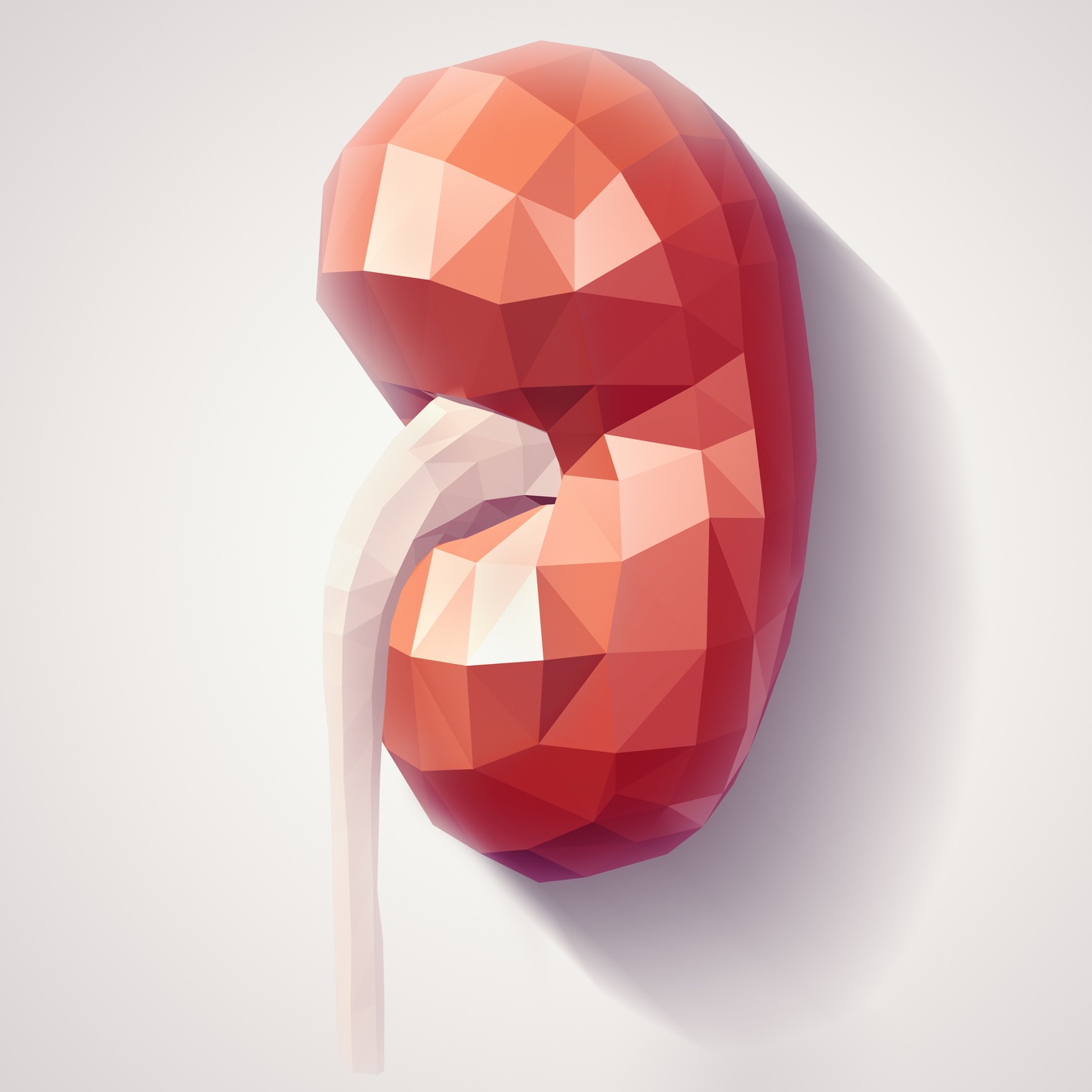How long does the kidney transplant operation take?

A kidney transplant is a surgical procedure for the treatment of people suffering from kidney failure. In this operation, a diseased or non-functional kidney is replaced (but not necessarily removed) with a healthy new kidney from by a donor. The kidneys perform several important functions but mainly filter out the waste and toxins from the blood and remove them in the form of urine from the body.
The two bean-shaped organs also help in maintaining the body’s fluid and electrolyte balance, and blood pressure levels. When the kidneys stop performing these functions, the waste accumulates in the body and affects health.
This is known as kidney failure. Patients who have both kidneys failed can undergo dialysis treatment or kidney transplant surgery in turkey. In dialysis, the blood is mechanically filtered to remove waste using a device when the kidneys stop doing the same.
A kidney transplant is also a treatment option for some people whose kidneys have failed. In this procedure, the newly transplanted kidney from a living or deceased donor performs the required functions. Both dialysis and kidney transplant have their own pros and cons.
Dialysis is a time-consuming and labor-intensive process. Also, a patient needs to make frequent trips to a dialysis center to receive treatment. This creates a regular dependency on the dialysis machine.
A kidney transplant is considered a permanent or long-term solution that eliminates the dependence on routine dialysis and gives the patient more freedom to enjoy life. The patient can have a more active life and improve the quality. However, kidney transplants might not be a suitable procedure for every patient, including people with active infections and obesity issues.
A kidney transplant operation is performed with general anesthesia and takes about two to three hours. The surgeon makes an incision on the abdomen, towards the right or the left side, just below the navel.
Kidney transplant can be of two main types based on the source of the donor kidney – deceased or living donor. Even though everyone has two kidneys, a person can lead a healthy life with only one functioning kidney.
This makes living donor kidney transplants possible. A living person, who can be a blood relative or an unrelated person, who fulfills the matching and compatibility criteria, and is healthy enough for the surgery, may donate his/her kidney to the patient.
A deceased kidney donor is a person who is brain-dead (or cardiac-death) but has viable organs that can be transplanted into a recipient who needs them. The person must be a registered donor or the family must give consent for organ donation in such cases.
The patient is put on a waiting list and when the deceased kidney is available for them, they may undergo the operation. After the transplant, the patient will have to take immune-suppressing medications which helps prevent organ rejection where the body’s immune system attacks the new organ.
The transplant can be scheduled as per the convenience when the patient is receiving a kidney from a living donor. People who are on a waiting list for a deceased donor who’s a close match for their tissue type are notified when a donor is identified.
After arriving at the transplant center, the patient will need to give a sample of their blood for the antibody test. They are cleared for surgery if the result shows a negative crossmatch.
For the surgery, general anesthesia is administered so that the patient is unconscious during the surgery. The medication puts the patient to sleep during the surgery. Once the anesthesia has become effective, the surgeon makes an incision in the abdomen and places the donor kidney inside.
The arteries and veins from the damaged kidneys are cut and reconnected to the new kidney. This will ensure proper blood and nutrient flow through the new kidney.
Then the surgeon attaches the new kidney’s ureter to the patient’s bladder to allow normal flow of urination. The ureter is the tube connecting the kidney to the bladder. Mostly, the original kidneys in the body are left in the body unless they’re causing health problems, such as high blood pressure or infection.
Recovery after a kidney transplant takes months. This includes spending several days in the hospital where the medical team ensures that the new kidney is functioning well.
Also, they keep a check that the patient’s body is not rejecting the transplanted kidney. Most patients have to stay for 1-2 weeks in the hospital and are then discharged with a list of instructions to be followed while recovering at home.
The new kidney usually starts working immediately after the operation but many times, it takes a few weeks to begin function properly. Kidneys donated by a living donor, especially a family member, may start working faster than a kidney donated by an unrelated or deceased donor. Patients will need to take pain medications for some time while the immunosuppressants might be continued for a lifetime.
SHARE
Stay in touch
To be updated with all the latest news, offers and special announcements.







